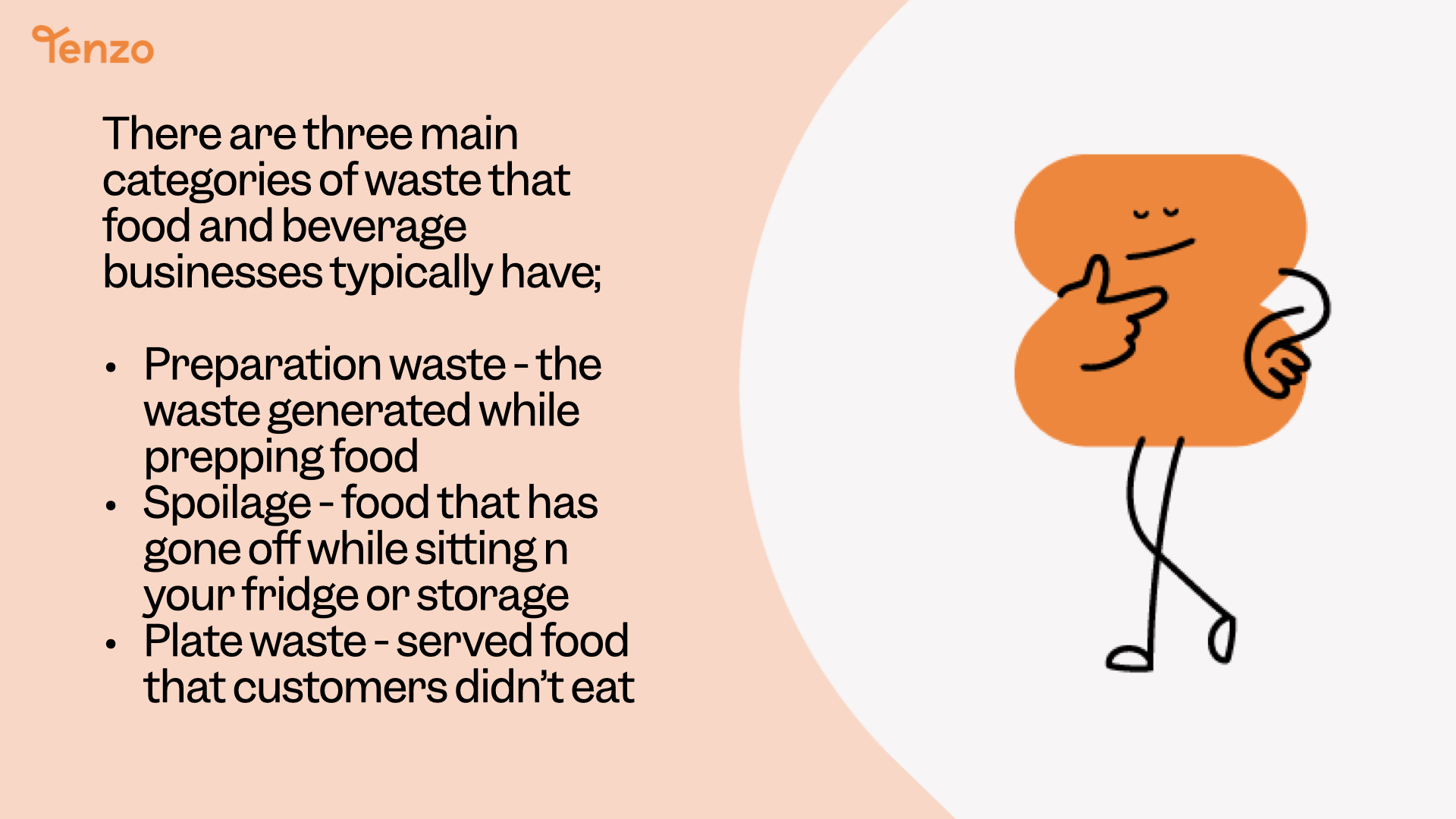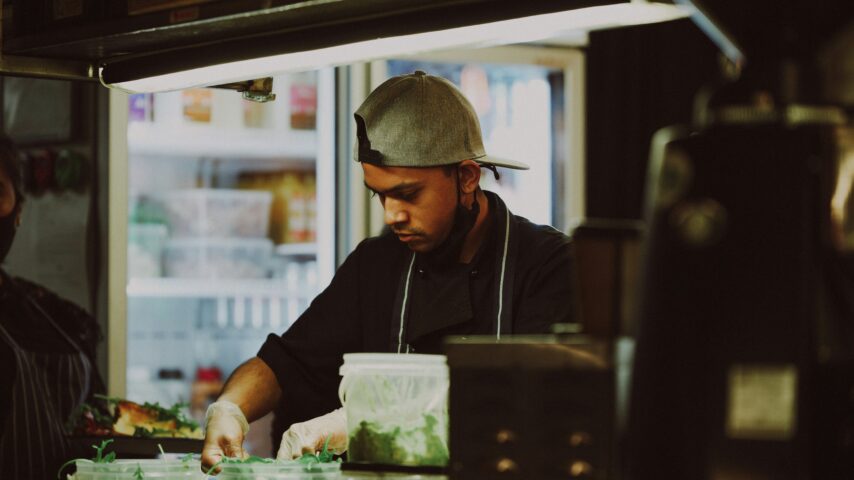Food Waste: How Restaurants Make a Difference
The Shocking Reality of Food Waste in Restaurants
Food waste comes from all aspects of the restaurant industry; from the beginning of the supply chain to the customers’ plates. UK restaurants produce around 1 million tonnes of food waste annually, this amounts to 10% of the UK’s food waste and around £682 million losses.
Food waste is any food lost during poor preparation in the kitchen, or binned from the customers’ plates as they didn’t eat all their food – it all contributes to the huge global issue. This staggering amount of waste not only has a negative impact on the environment but also represents a significant loss of resources and money for the restaurant industry.
Reducing food waste is not only in the interest of restaurants financially; improving their bottom line, but it also helps to align with sustainability goals and work toward a more sustainable industry.
Strategies for Reducing Food Waste in Restaurants
As we’ve already mentioned food waste in restaurants comes from all areas of the business. Although it’s not possible to control the practices of suppliers, choosing sustainable businesses that make actionable changes to reduce food waste and report their losses helps to make a difference.
Restaurants play a crucial role in reducing food waste. There are several strategies they can implement; such as proper inventory management, portion control, and creative menu planning, that can significantly minimise waste and improve their profitability.
Inventory management comes down to having techniques in place, that employees are trained on, that reduce the amount of stock being thrown away due to spoiling.
Proper training of staff helps to ensure food waste is kept to a minimum during preparation; for example, huge amounts of fish can be wasted during the fileting process if staff are unsure of what they are doing. Training staff on portioning is also vital, overportioning is another big contributor to food waste, and using small wares can reduce this.
Portion control must be monitored closely to reduce wastage. Monitoring the wastage coming back from customers can help inform restaurants on whether to reduce portion size. Offering varying portions can be a method to cater to varying customer demands.
Implementing Sustainable Practices: How Data Reduces Food Waste
Restaurants can use data, or tools like Tenzo, to track and analyse their food waste patterns.
Tracking food waste on a regular basis and keeping detailed records of the types and quantities of food that are being wasted allows restaurants to identify areas where they can make improvements. If there are trends in the menu items being wasted, it is easier to find the problem and rectify it.
Restaurant’s historical data can also be used to predict customer demand. Forecasting, dependent on the weather, day of the week, bank holidays, etc., can help inform restaurants in advance of their predicted customer numbers.
This allows businesses to order food from suppliers appropriately; reducing the risk of overordering. It also helps avoid excess food being prepared on the day and minimises the likelihood of extra food waste.
Joining the Fight Against Food Waste: Taking Action as a Customer
Food waste shouldn’t be entirely blamed on the restaurant operators, the customers have a role to play too. Yes, restaurants can be zero waste and reduce portion sizes, but, if the customers are still overordering there will be food waste.
There are several ways you can take action to reduce food waste as a restaurant’s customer. One simple step is to order only what you can eat and avoid overordering. Sharing is becoming more popular in restaurants; consider sharing more with your friends to reduce the overall amount ordered.
Most restaurants will also allow customers to take home any leftovers they have. This helps to reduce food waste, as well as allowing the customers to get the most out of their money.




